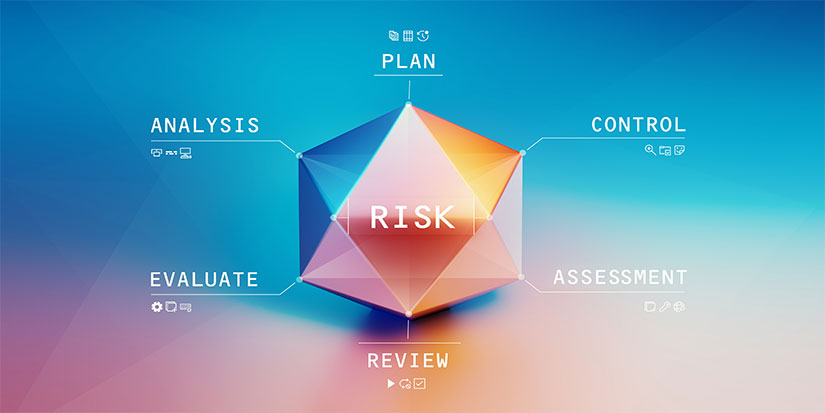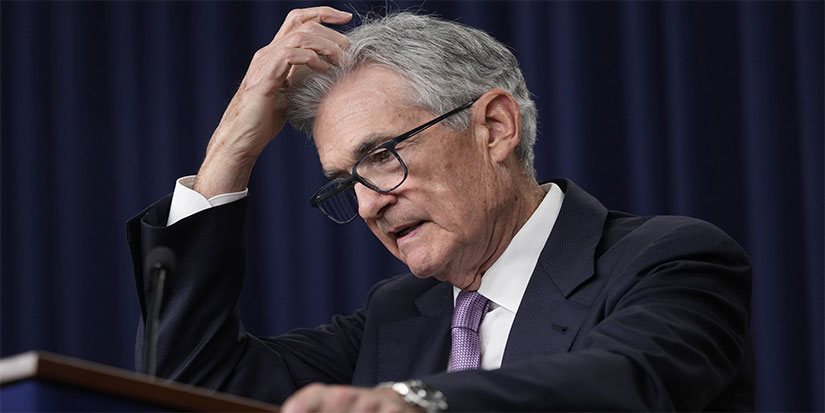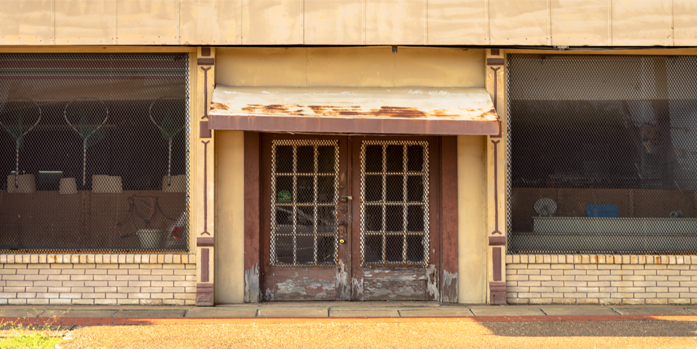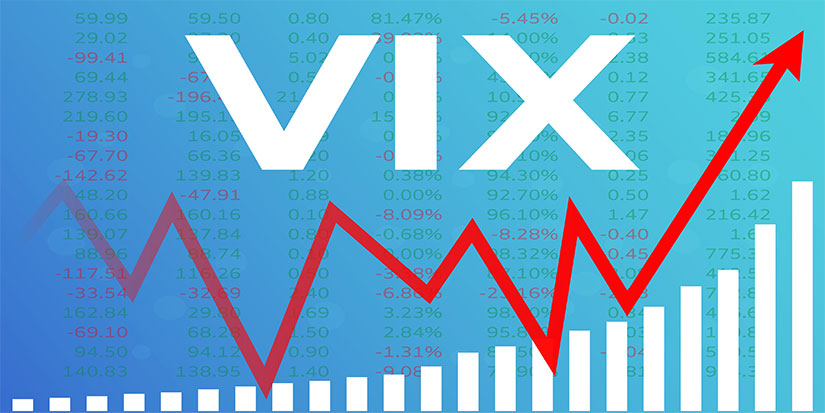
Adult Swim
I famously wrote in a Substack essay that I don’t vote. You can google it if you want; I’m not going to link to it because it has salty language.
The Best of Times, the Worst of Times
Trading is funny—sometimes things are going really well, and sometimes things are going very poorly.
Something Important Just Happened
A couple of weeks ago, I wrote about how I thought the bottom in commodities was near. I think it happened.
Now, I’m not going to vomit 800 words on commodities because I did that a few weeks ago, but oftentimes in markets, you have a premise, and for one premise to be correct, others have to be correct as well. Like, it is hard for commodities to rally in a rising interest rate environment because the dollar is usually getting stronger. Interestingly enough, last Friday, a rumor went through the market that there was a leak from the Fed that it would cut interest rates 50 basis points (bps) this week, and the rate cut probability promptly went to 50%.
Well, the Fed just cut 50 bps, which is probably going to be positive for commodities. 50 basis points seems like a huge overreaction because we are likely not going into a recession.
I’ll tell you something else that a 50-bps rate cut will do: steepen the yield curve. The thinking here is that lower short-term rates would lead to inflation down the road, which would be reflected in higher long-term rates. The yield curve could steepen significantly, even resulting in long-term rates going up.
That would make a lot of people happy. There are portfolio managers in pods across the country who are betting on the steepener because it makes sense, and of course, any trade that makes sense is never going to work.
Anyway, this is all me noodling about macro trading stuff, which has nothing to do with your daily life, so I will get to the point: Why should you care?
Why You Should Care
Let’s start with the base case technical premise that commodities are going up.
If commodities are going up, it probably means we have a return of inflation. It probably means that we’re not going into recession. In fact, quite the opposite—it probably means we’re going to have an inflationary boom.
There is an election coming up, obviously. Without getting political, let me ask you a question: Do you think either of these candidates is good for inflation? Do you think either one of them will make inflation go down? Of course not—they are the two most inflationary candidates possible. One of them is going to get elected, which the markets have not yet figured out. Either Kamala with her price controls or Trump with his tariffs and Fed-meddling is going to get elected. Toward the end of 2025, inflation could be back above 4%. In 2026, it could be much higher.
But this is all conjecture, the type of stuff that sells newsletters, and you’d never know if this prediction came to pass unless, in 2026, you went back to the archives and saw that I had written this two years earlier. You must always have a thesis.
With the election coming up, with the very marginally weak labor market, with the very weak and ineffectual growth scare behind us, it feels like a violent error to cut Fed funds by 50 basis points. But now that the Fed has done so, the inflation trade will be on.
The Good News
The good news is that the inflation trade is easy to trade. You will want to buy everything that’s not nailed down. Stocks maybe, but stocks aren’t that interesting. Also, the stock market may interpret the 50-bps cut as some indication that the Fed’s assessment of the economy is terrible and accurate.
No, a 50-basis-point cut is the starting gun for real assets, not financial assets. Commodities and real estate.
I should point out that everything in the Awesome Portfolio is up this year, and one nifty thing about the Awesome Portfolio is that you have a 50/50 allocation to financial assets and real assets: 40% stocks and bonds, and 40% gold and real estate. Sometimes financial assets do well, and sometimes real assets do well. You have exposure to both, and you have exposure to cash to smooth things out.
I am no macro genius. I am a macro poseur. I look at charts and feel the vibes and have an educated guess as to the way things are going. But my informal methods are usually more accurate than the 99-slide PowerPoint from someone at an $80 billion hedge fund.
Cliff Asness, co-founder of AQR Capital Management, has been writing that the market is less efficient than it used to be. I can’t really tell. I see the same stuff that I always do: the errors made by speculators, the cognitive biases, the blind spots.
I think we will learn that the growth scare that we survived over the last few weeks was an error. I can’t get a parking spot at the airport, and you’re telling me that we’re going into a recession? Right.

Jared Dillian, MFA
|

If the Music’s Still Playing, You Have to Keep Dancing
Private equity firms do private equity. If they run out of good opportunities, it’s not like they're going to switch to, say, commodities trading.

Everything Is Worse Because of Private Equity
Have you noticed that across businesses in a range of industries, prices are higher and the customer experience is worse?